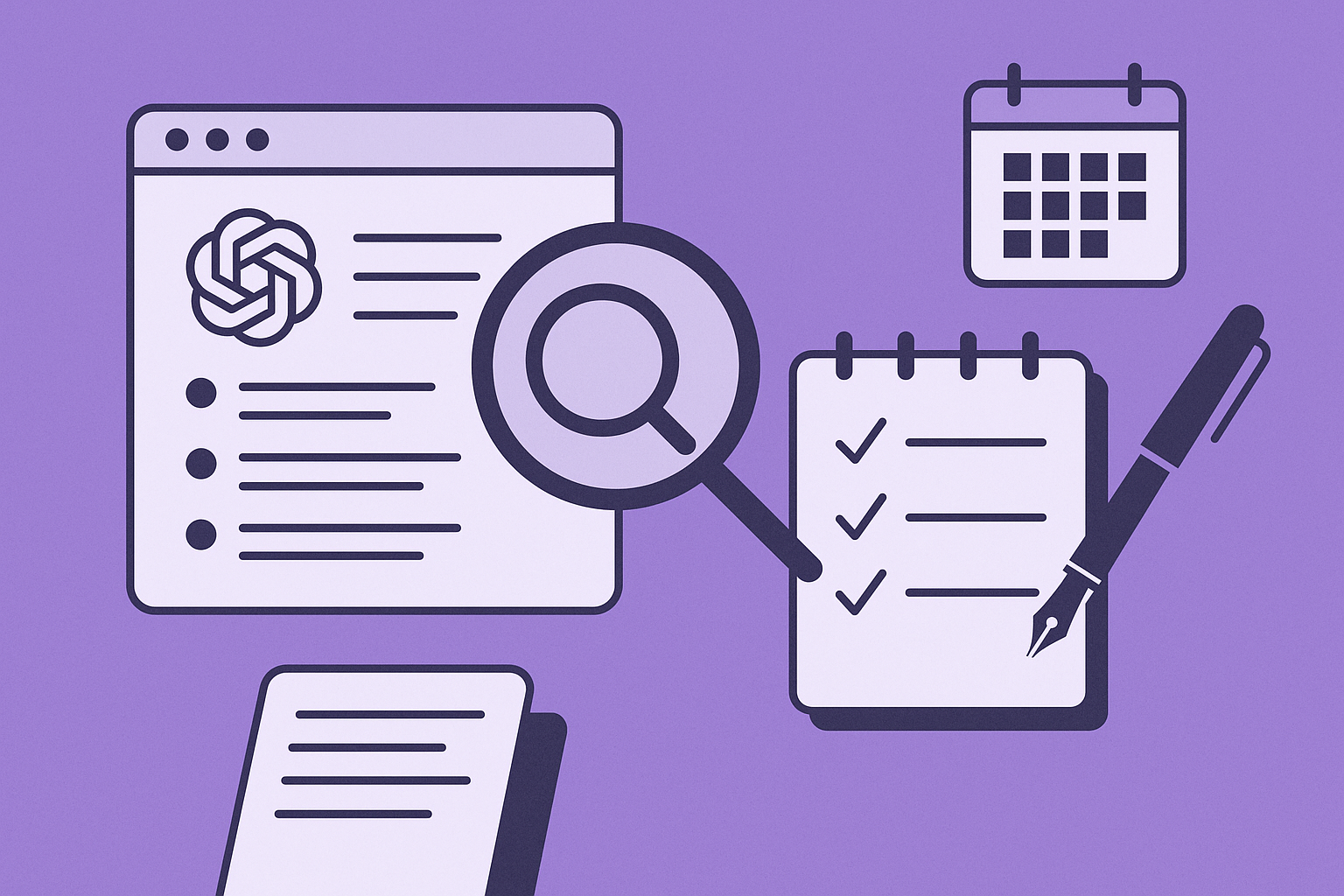No Time? Here’s How to Understand Your Customer in 60 Seconds
Deep customer research sounds great… until you’re slammed with three back-to-back meetings, a looming proposal deadline, and maybe five quiet minutes before your next call.
The good news? You don’t need hours of research to understand your customer. You just need a faster, smarter way to get to the heart of what matters.
I’ve worked with everyone from solo founders to Fortune 500 teams, and here’s what I’ve learned: the people who win don’t just sell products. They solve problems their customers already care about.
Here’s how I use ChatGPT to uncover pain points, align to business goals, and position value: in 60 seconds or less.
(Side note: I helped drive a deal to close 3–4x its original value with this framework.)
Step 1: Ask ChatGPT to Define Their Pain
Start with this simple prompt:
“What are [insert customer type]’s top business objectives for 2025?”
ChatGPT will surface common goals based on public data like earnings reports, 10-Ks, and industry trends. To sharpen the insight, follow up with:
“Organize those objectives into three strategic pillars. What are the top 3 challenges blocking each one?”
Now you’re working with a clear structure, what they want to achieve, and what’s standing in the way. That’s not just research. That’s a roadmap for relevance.
Step 2: Reverse Engineer the Value
Once you’ve identified their goals and roadblocks, flip the focus back to your offer. Ask:
“How could [insert your product or service] help overcome these specific challenges?”
Then go one step further:
“Write 3 bullet points showing how [your offer] supports each of those objectives.”
This grounds your positioning in their priorities, not just your features. It shifts the narrative from what you do to why it matters.
Step 3: Validate Your Findings with Internal Stakeholders and Handle Objections
Once you've got a solid understanding of goals and challenges, it’s time to pressure test your insights.
Start with:
“Who are the key internal stakeholders likely to be involved in a decision like this?”
“What objections might each of them raise about investing in [your offer]?”
This helps you think beyond the person you're speaking with. Every deal has invisible decision-makers: finance, ops, IT, procurement, and each has a different lens.
Then go deeper:
“How can I reframe my value to address the concerns of [CFO, CTO, Head of Ops, etc.]?”
“What proof points or outcomes would help build trust across departments?”
This isn’t just objection handling, it’s alignment building. It shows you’re not pushing a product. You’re positioning a solution that works across the business.
Step 4: Craft Messaging That Hits Different
With clear goals, challenges, value points, and objections, it’s time to turn insight into action.
Ask ChatGPT:
“Write a follow-up email that summarizes this customer’s business objectives and challenges, ties in how [your product/service] supports them, and includes a confident next step.”
Or if you’re creating a pitch deck, try:
“Write a one-slide summary that positions [your offer] as a strategic lever for [objective].”
What you get is tight, tailored messaging that feels personal, because it is. You’re not just following up. You’re following through with relevance, clarity, and strategy.
And yes, you can use this same approach to prep talking points, social DMs, even proposals. It’s plug-and-play communication with punch.
Final Thoughts
You don’t need a research team to show up prepared.
You just need better prompts, sharper focus, and 60 seconds of intention.
The best salespeople aren’t the ones who talk the most. They’re the ones who listen better, understand faster, and speak directly to what matters.
ChatGPT won’t close the deal for you, but it will make you look like the smartest, most strategic person in the room.
Use it right, and you’ll never walk into a meeting unprepared again.

